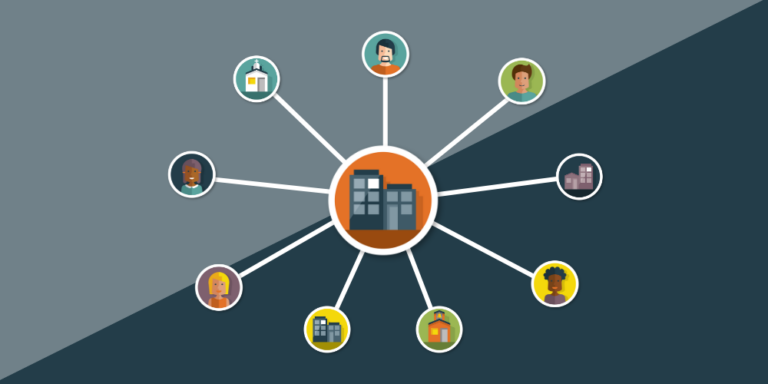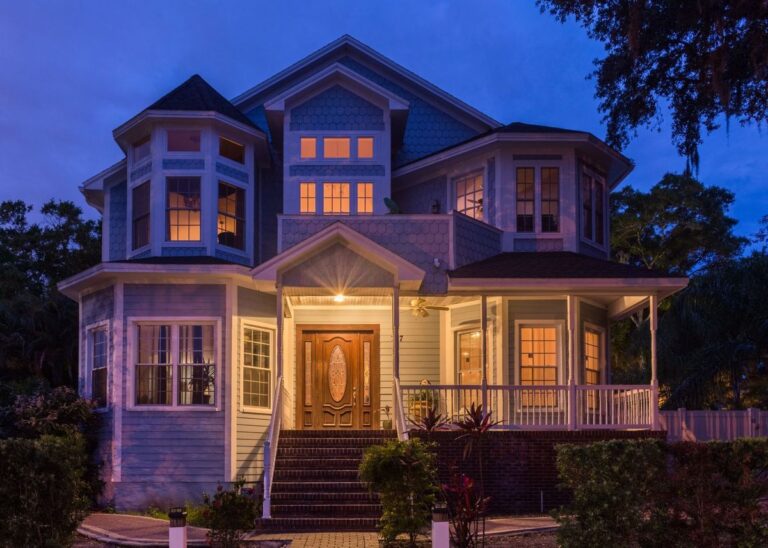Depending on the nature of the curvature of the surface walls and functionality are different ways of applying the fixation of the drywall. After reading this article, you will learn how to close drywall to the wall and become familiar with “Frameless mounting method”. Click here for drywall repair centennial.
Two popular methods to repair drywall
-Frameless mounting method
-method of mounting the frame
Frameless mounting method
Prerequisites for fixing frameless road drywall:
- A solid base that does not have crumbling areas and defeats the fungus;
- The wall does not freeze; it is protected from moisture;
- Surface free of dust, paint,and oil.
This method is preferable to apply a small curvature on the walls. Visit this site for drywall repair centennial.
Materials and tools:
- Plasterboard wall (12.5 mm);
- Dry plaster mixture;
- Dilution of gypsum mixture capacity;
- Painting knife;
- Rubber mallet;
- fishing line;
The order of execution of the works
We manufacture measurements of the wall. Planning the sheets of accommodation of the drywall, it is important to avoid the joints in the form of a cross (leaves must be placed with an offset).
Prepare the surface. We have cleaned the dust, peeling and crumbling. Porous and highly absorbent surfaces should be primed.
cutting sheets of drywall. In addition to the entire sheet may require insertion, they must be pre-cut. If the roof over 2, 5 m (standard length blade) will have to attach the inserts that are cut in advance. Straight cuts can be made easily with a paint knife, the cutting board on a side sheet and slamy on the cutting line. After that cut through the other side of the cardboard. Radio curves cut made of puzzles.
This is followed to prepare the adhesive plaster mass. The adhesive can be used as a slow solid gypsum mixture. For example, from putty. You can also use the stucco, but to extend the time it is poured into the water for the mixture it is necessary to add PVA glue or wallpaper glue.
 Jointing sheets of drywall. The thickness of the adhesive layer depends on the curvature of the surface. If the surface is relatively flat, it can be pasted directly on the wall. The adhesive is applied with a notched trowel over the entire surface of the sheet of drywall or large drops using a trowel. To align the greater curvature of the walls should be pre-established “beacons” that are made of strips of plaster width of a panel of approximately 10 cm. “Headlights” glued on the perimeter and vertically with an interval of 40-50 cm. First, use a plumb line to expose the left and right ends “beacons”, then use the fishing line hanging between them, securing the rest of the vertical bars. The “beacons” horizontal upper and lower flattened by the rules. Plaster sheets press against the ruler, placing it in different directions, hitting it with a rubber hammer. It is important to keep the seams between the sheets of 5-7 mm and free spaces: 7-10 mm from the ground, 3-5 mm from the ceiling. It is convenient to use prefabricated wooden wedges.
Jointing sheets of drywall. The thickness of the adhesive layer depends on the curvature of the surface. If the surface is relatively flat, it can be pasted directly on the wall. The adhesive is applied with a notched trowel over the entire surface of the sheet of drywall or large drops using a trowel. To align the greater curvature of the walls should be pre-established “beacons” that are made of strips of plaster width of a panel of approximately 10 cm. “Headlights” glued on the perimeter and vertically with an interval of 40-50 cm. First, use a plumb line to expose the left and right ends “beacons”, then use the fishing line hanging between them, securing the rest of the vertical bars. The “beacons” horizontal upper and lower flattened by the rules. Plaster sheets press against the ruler, placing it in different directions, hitting it with a rubber hammer. It is important to keep the seams between the sheets of 5-7 mm and free spaces: 7-10 mm from the ground, 3-5 mm from the ceiling. It is convenient to use prefabricated wooden wedges.









